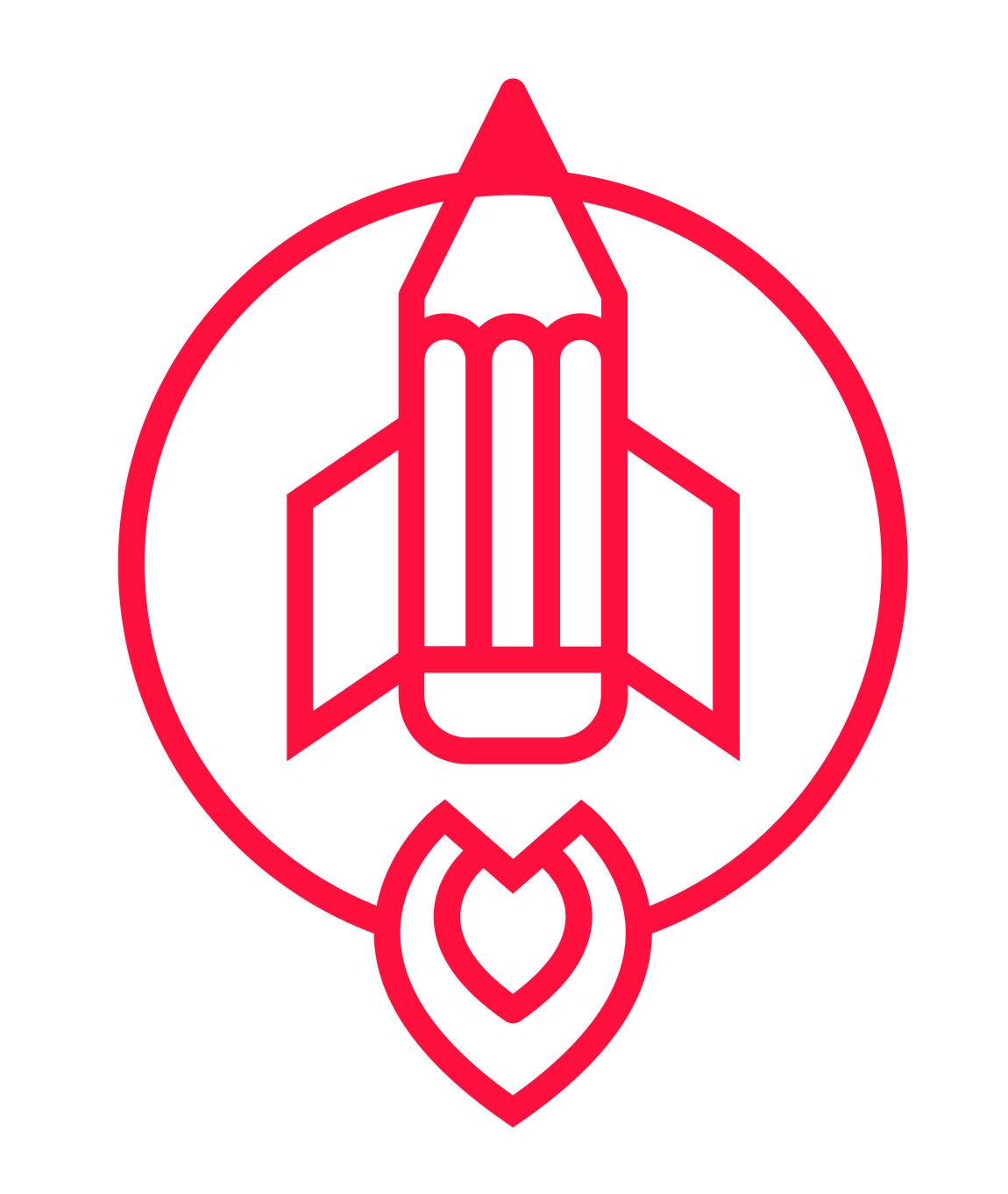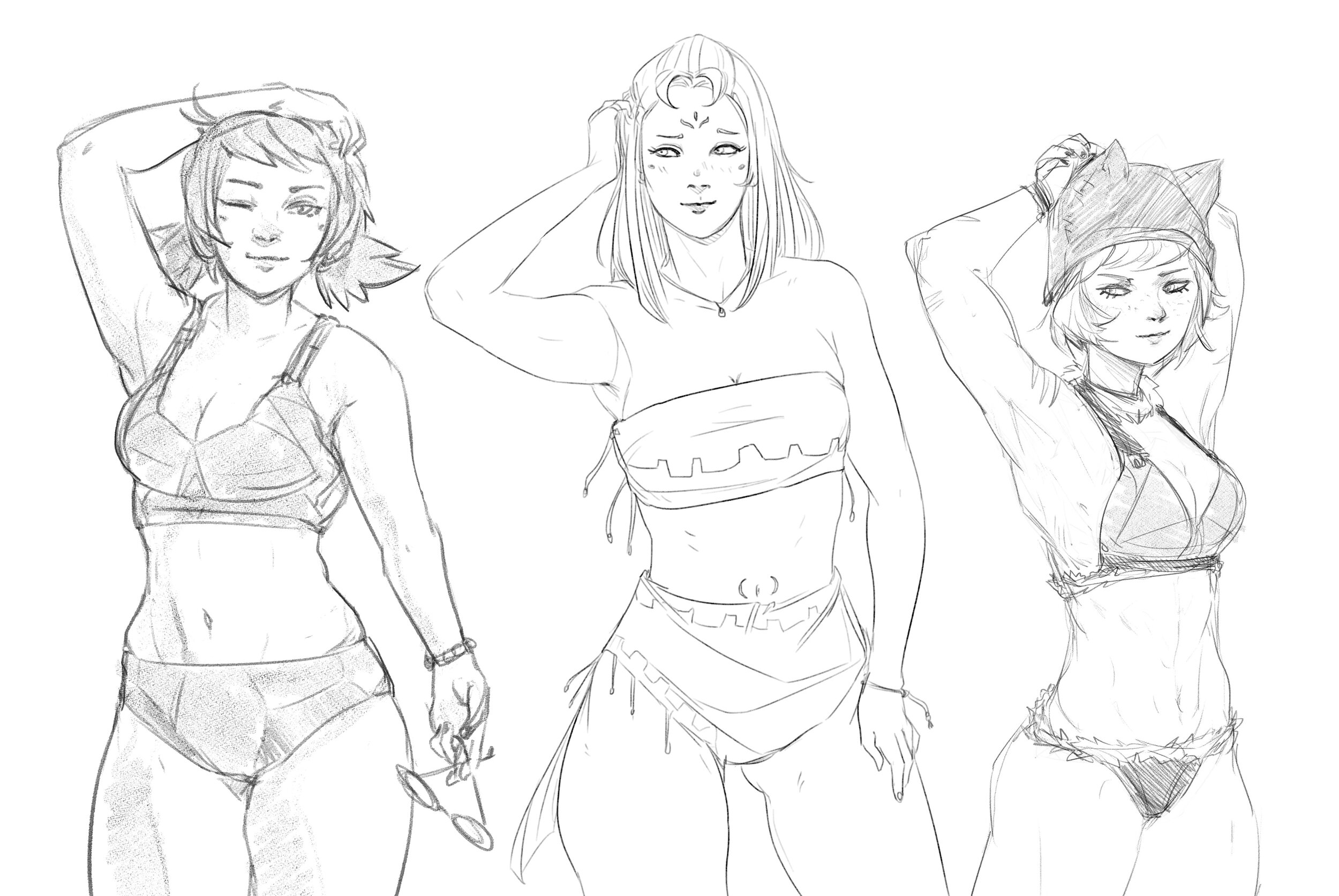8 Tips for Beginning Drawing in 2022
Whether you’re beginning drawing as a new craft, or beginning a new drawing today, you’re about to embark on a great personal journey.
Beginning drawing is one of the best ways to express yourself, to create your own characters, ideas, and give visible form to the energies that want to manifest through your time and efforts.
Here’s a post I found on reddit to illustrate the point.
This post is going to deal with general concepts rather than specific techniques. The reason for this is that I believe that priming the mind with the right attitudes and approaches will help to spur the quickest amount of growth with the least amount of needless suffering.
If you want more step-by-step approaches, try this post, or this one.
That said, there are some key things to keep in mind before you embark on your drawing journey:
Be as present as you can, as much as possible.
Seek excitement and engagement in the process
Ask yourself specific questions
Find balance between progress and perfection
There is no “cheating.”
Spend good time on each piece/project
Work on the edge of your abilities
Select key basics to apply and anchor your techniques
Look, I know you can’t always keep those things in mind simultaneously. The key point here is to ascertain as much application of these tips as you can. Inculcate them, live them, and they will cement into your subconscious— increasing your joy and abilities in the process.
Here’s a video to help you cement these:
Let’s dig deeper into each:
Be as present as you can, as much as possible.
This refers to your state of mind and how often you’re tapping into the ideal state.
Directing your mind is no small task. It deeply effects every part of the drawing process.
Often times we’ll be completely lost in thought, especially the creative types (aka you.) We’re either daydreaming, worrying about the past/future, thinking about the last show we watched, or entertaining some other irrelevant patch of mind.
Fact is, you’re most effective when all of you is focused on the task at hand. Not just your hand scribbling sketches that your eyes are perceiving…Your brain has to be more involved too.
Look, it’s not your fault. We live in a world absolutely bombarded with neurochemical-causing, dopamine-jacking, serotonin-stealing devices, feeds, and activities.
They train you to do what’s easy and what the brain considers rewarding.
Don’t take my word for it, here’s a quote from huffington post:
Even more compelling is the fact that online social media engagement causes a release of oxytocin, the “cuddle chemical” of the brain. It has been shown that oxytocin levels can rise as much as 13%—a spike equivalent to the spike people get when they are getting married to their love.
All of this is to say that many (not all) of us have fallen prey to what’s easy and perceived as rewarding.
Drawing can be very rewarding, but often times it is not easy. However, the more you focus, the more you commit yourself to the process, the more you’ll start to see new feelings, thoughts, and experiences unfolding. A drawing starts to “move” a bit, and you can catch and perceive the rhythms and energies of your mark-making. It’s quite magical, and isn’t something that happens often without pressing your mind into the present. Keeping it focused on what you’re doing, seeing, and thinking that’s related to drawing.
Believe me, this will help to hook you on drawing. You’ll be excited to crack open your sketchbook, to awaken your creative powers and dive back into the characters and worlds that await your touch.
Seek excitement and engagement in the process
As I hinted at above, excitement is a key indicator that you’re on the right track. It doesn’t have to be a cocaine-like rush to the brain, but it does have to tickle your fancy a bit. Look.for the fun, become like a child as you’re seeing the magic unfold in front of you. A lot of artists both new and practiced, get easily jaded. It’s a surefire way to try and find other ways to spend your time.
That’s a shame however, because drawing is a skill that grows and evolves with you. Your level 819 MMORPG character is always tied to a server, owned by a game company, and doesn’t allow you the same degree of mastery or creative freedom.
Not to say that games are bad, they can be really inspiring. It’s about how you use them, much like social media.
The thing is, we have to be conscious of deriving as much pleasure from the beginning, process, and result of drawing. This is where the magic happens. It won’t always be fun, but when you maximize the joy, you maximize the consistency.
Just watch it unfold in front of you like a movie you’re directing, and hold onto the appeal of that experience.
Ask yourself specific questions
“what do I want my viewer to feel?”
“How can I communicate this idea best?”
“What kind of lighting should I go with?”
“How do I want my lines to look for this style/piece?”
This is basically another way of getting your mind back into the process. Layering it with intriguing and thought-provoking questions. Not only will they shape the outcome of the piece, but they help you grow and evolve new paths of thought and technique.
Here’s a few more examples:
“How does the character’s body language align with what I want them to say?”
“Is this composition the most effective for my idea?”
“How should I break this process down into manageable steps?”
Try coming up with some of your own and seeing how they guide your workflow!
Find balance between progress and perfection
You’ll never reach “perfect.” But you can get very close.
That said, it usually costs a massive amount of energy to go from 95% perfect to 99% perfect.
the fact that sheer perfection in its most pure form is unattainable shouldn’t deter you, but rather spur you. It’s a carte-blanché call to create. Drop your specious notions of having something be everything you want all at once. Creativity is messy. It can be hard to loosen up, but if you’re someone who tends to be more inflexible, your work and your practice will be stiff.
I tend to err on the other side of the spectrum - being a bit looser than I should. Hasty even. I had to stop listening to high-energy music when making art, because I couldn’t control my tempo the way that I wanted, and the work was always energetic, but too “imperfect.” riddled with errors that I know how to eliminate, but didn’t.
There’s a balance to be struck between progressing and striving for perfect. Just getting something “done.” usually creates something that’s rather “C” grade. Give each piece the love it needs, but don’t over-work things either.
It’s kind of a piece-by-piece basis, but as you progress, you’ll learn to feel out how to move forward without rushing, and how to aim for perfection without getting overwhelmed.
There is no “cheating.”
Tracing, textures, reference, tools, 3D, it’s all fair game. Don’t let anyone stifle your creativity, or imbue within you the belief that certain forms of expression are “cheating.”
as long as you’re not blatantly plagiarizing someone’s work and passing it off as your own, you’re free to dream up what you want, and make it however you want.
Obviously you’ll have to watch out for creating “crutches” when you’re beginning drawing, but if something isn’t holding you back, then you’re likely fine.
Spend good time on each earnest piece/project
There are usually two camps of artists, roughly speaking.
Camp “A” includes artists who spend forever on one thing and rarely sketch.
Camp “B” are artists who sketch all the time, but never put a lot of time into one piece.
Ideally you want to fall somewhere in the middle. Both of these extremes have their limits as far as artistic development goes. Have one piece you’re working on throughout the week, but sketch every day to warm up and study. One of my favorite artists, Jaime Jones, said that he spends between 3 days to 3 weeks per piece. I always use this as a rough guideline for my own pieces.
Work on the edge of your abilities
This is where progress lies. Challenges that are workable, but not overwhelming. However, if you’ve mastered something (a pose, for example) then you have to keep elaborating, iterating, and evolving that pose in order to progress.
If not, you’ll just be bored, and that will tempt your mind to wander. If you can successfully execute something in your sleep, then you may as well just sleep, no?
So be sure to find the edge of your comfort zone, and push outside of it in 1% increments.
Select key basics to apply and anchor your techniques
The basics are numerous and varied. These are the fundamental concepts that have been forged by many artists who spent their entire lives drawing and painting. Things like values, edges, composition, anatomy, and the like are all worthy areas of study.
Once you get a feel for anatomy, your figures get better.
Once you get a feel for perspective, your shapes relate to each other better.
It all starts with educating yourself on the basics, and then striving to apply them each time you sit down to work. Giving your mind the information, and then allowing it to move your hand and eye to translate those techniques into reality.
Of course, I always encourage finding your own ways to adopt and utilize the fundamentals, but there’s nothin g wrong with learning them from books, courses, and the like.
Summary
In closing, these are the most helpful tips I know for anyone beginning drawing, or beginning a new drawing, even if they’ve been drawing for a while or feel more intermediate. These reminders always serve me well when I feel stuck, and keep progress flowing at a clip that encourages me to continue. Taken to heart, I know they will do the same for you.
Whenever you're ready, there are 3 ways I can help you:
1. Grow & Sharpen Your Drawing Skills here. (1,800+ students)
2. Build better Paintings and get Commissions here. (500+ students)
3. Work 1:1 with me to grow your art, art-related income streams, or your creative potential
sources
[1] https://www.huffpost.com/entry/biological-psychological-reasons-for-social-media_b_58c279a7e4b0c3276fb78388



